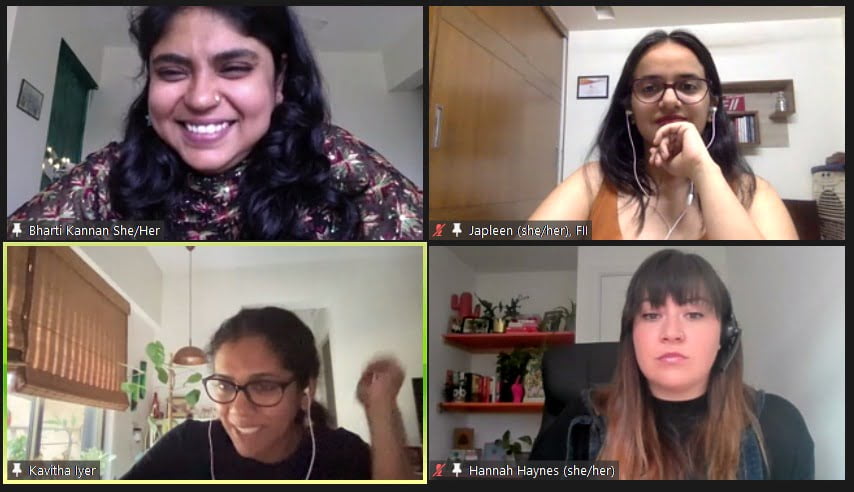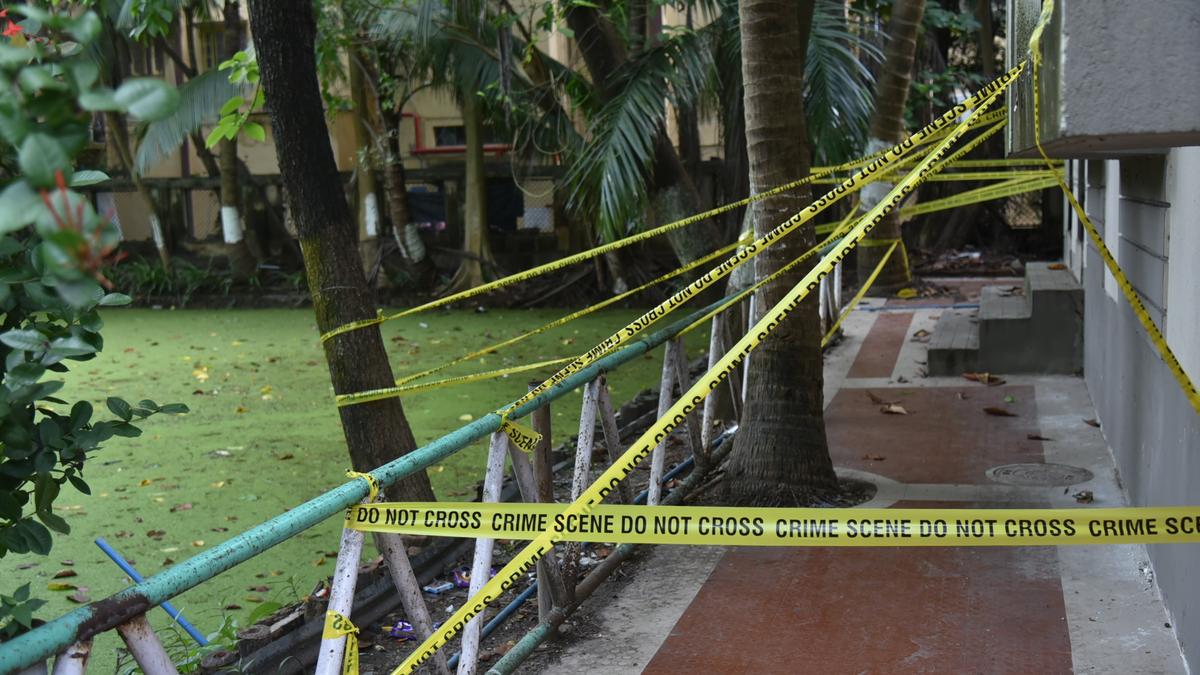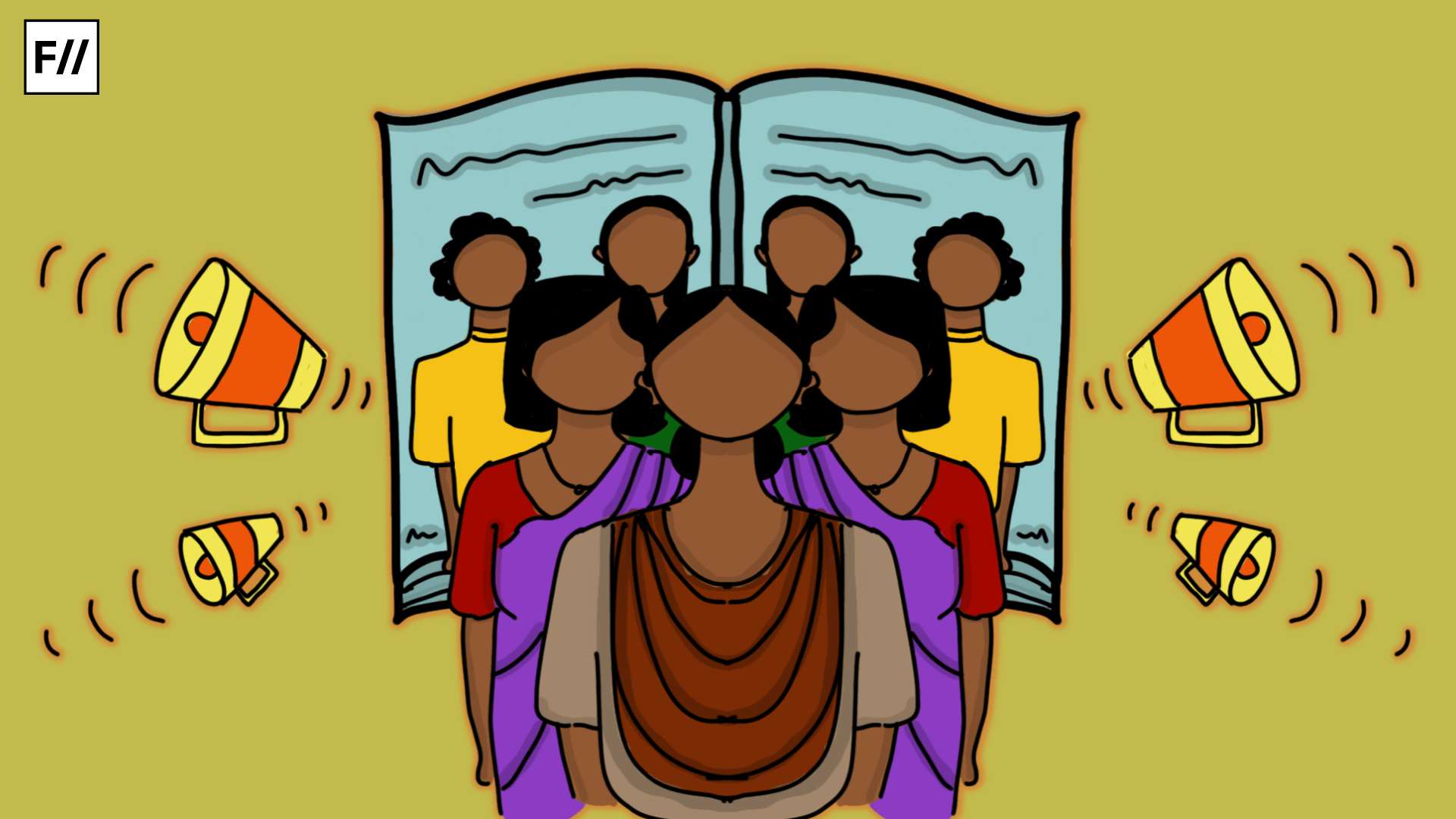UK’s 2017 BodyForm advert was revolutionary: it showed women bleeding in its advert for sanitary napkins. But it was revolutionary for an even simpler reason: it showed menstrual blood as red.
In 2021, that shouldn’t seem revolutionary, but poor representation of menstruation is pervasive. We are all familiar with the image of blue-soaked sanitary pads and tampons. Periods being referred to as anything but that. Aching women on screens, crouching and clutching. TV debates about menstrual leaves with cis-gender male panelists. Menstruation reportage that positions menstruation as a subject unique to cis-gender women. Reportage that discusses menstruation as an affliction. Bad menstrual representation is all around is and that’s a problem.
The media informs our opinions and how the media chooses to disseminate information and bring us on-ground reportage, influences collective opinions we hold as societies, and their role in being able to shape and steer social attitudes regarding a wide range of issues, especially taboo subjects, is undeniable.
Also read: How Can Mainstream Media Use Inclusive Language To Cover Menstruation Sensitively
This is especially true when it comes to menstruation. In a culture where menstruation is weaponised to discriminate against women and prevent their participation in public life; ethical, appropriate, and sensitive reportage of menstruation is crucial. We are a country that still legally allows for women to be barred entry from public places of worship because they menstruate; the 2018 Supreme Court verdict allowing women entry into Kerala’s Sabarimala temple was met with popular anger and resistance. Women and girls are forced to live in hazardous conditions when they menstruate. Sanitary products were taxed exuberantly until 2018, making period poverty a reality for a large portion of menstruators in the country. Awareness and education about menstrual disorders are severely lacking. Discourse on menstruation is often exclusionary, not taking into account trans and non-binary experiences. Given this, menstruation reportage must improve.
To remedy this trend of poor menstrual reportage, Boondh, a social enterprise working on sustainable menstrual products, menstrual literacy, advocacy, and policy, launched a media advocacy toolkit for ethical, sensitive, and inclusive reportage and discussion on menstruation.
The toolkit was released on April 16, 2021, at Boondh’s #PeriodsAndPatrakaars event. Panelists for the event included Kavitha Iyer, senior journalist and author; Japleen Pasricha, Founder of FII, and Hannah Kate Haynes, Menstrual Health Lead at AmplifyChange Fund. The 40-page toolkit that provides reportage guidelines for the media houses can be downloaded here. Extensive analysis into menstruation reportage and discussions with stakeholders went into creating the toolkit. Boondh analysed 263 articles relating to menstruation published by The Times of India, FirstPost, The Quint, The Print, HuffPost, and Scroll.in between June 2018 and June 2020, focusing especially on the beat, follow-up, inclusive language, credibility, criticality, and rural/urban focus; Boondh also had surveyed stakeholders such as journalists, menstruators of marginalised communities, and menstrual health and hygiene practitioners.

FII Founder, Japleen Pasricha’s testimonial of the toolkit reads: “Boondh’s media advocacy toolkit on menstruation is a much-needed intervention to ensure sensitive and ethical reportage of menstruation and menstruators. The toolkit is not just useful for journalists and media professionals but even for writers, content creators, activists and the general public. It is high time we take menstruators and their challenges seriously and represent them in the utmost sensitive and professional manner. Menstruation is no taboo and neither is talking about it. I’m so glad Boondh took this initiative and I heartily support it. We, at FII, will be using it as a reference during our work on menstruation. Thank you, Boondh!“
The toolkit offers several recommendations to improve menstrual reportage to make it more credible, sensitive, and inclusive. Use of inclusive language, reliance on verifiable data and expert opinions, avoiding sensationalising, focusing on systematic gaps, committing to follow-ups, and avoiding moral absolutism are some of the recommendations the toolkit makes to enhance popular discourse and reportage.
Also read: How Can Mainstream Media Expand The Range Of Issues When Reporting On Menstruation
Speaking of the goals of the #PeriodsAndPatrakaars campaign and what they set out to achieve with the toolkit, Pratyusha Varanasi and Subhiksha Manoj, who were intimately involved with the creation of the toolkit wrote, “Through the campaign #PeriodsAndPatrakaars, the goal is to enable writers with inputs from various stakeholders (Media Houses, Journalism Students, MHH and Waste practitioners, Cis Menstruators, sports menstruators, vulnerable menstruators including trans, queer, disabled, Dalit Adivasi, prison menstruators, people living with menstrual disorders) with skills to up the quality of menstrual reporting through a reporting toolkit.“
Pratyusha further added, “We developed this toolkit with the hope that media persons will use it as a guideline for responsible reporting on menstruation. Having this kind of checklist that they can easily pull up and refer to will hopefully encourage more robust public discourse about the issue.”
Furthermore, following these recommendations listed in the toolkit can result in inclusive reportage of menstruation, which is hardly ever prioritised in the mainstream media. Menstruation is positioned as something unique to cis-gender women, this results in trans and non-binary experiences of menstruation being largely absent from the public discourse. When addressing issues of access, sustainability, and policy, only centring cis experiences can result in the sidelining of the menstrual needs of menstruators who aren’t cis-women. Systemic and institutionalised bias and discrimination against trans and non-binary persons translates into further – often insurmountable – barriers to access, education, and health services for all menstruators who aren’t cis-gender women.
The toolkit can go a long way in bringing in essential changes to how we report menstruation. Poor reportage has wide-ranging effects and improving reportage has the potential to better inform the masses and bring a significant shift in how menstruation is viewed and to revolutionise menstrual practices.
Good reportage can make communities aware of a diverse range of menstrual experiences, especially those of trans and non-binary folk; it can educate about menstrual health and hygiene; it can result in a collective rethinking of regressive social practices associated with menstruation; and, most crucially, it can demystify menstruation, which will go a long way in challenging and doing away with discriminatory menstrual practices, in turn fostering environments that provide for safe and healthy experiences of menstruation for menstruators.
You can view the toolkit here at FII’s website.
To enrol in Boondh’s Capacity Building Workshop on Inclusive and Holistic Discourse on Menstruation, click here.
Featured Image Source: Nishita Jain via Boondh
About the author(s)




